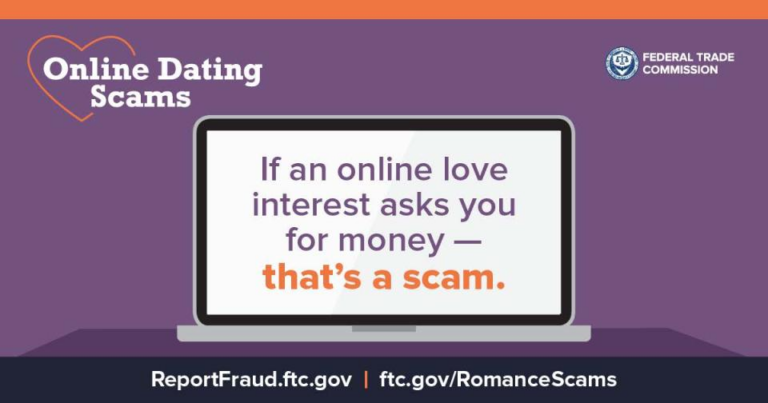Ah, Valentine’s Day—when love is in the air, chocolate sales soar, and florists see dollar signs. But not everyone’s celebrating with hearts and roses. For some, this day of love is a stark reminder of heartbreak… and for banks and credit unions, it’s a reminder that scammers never take a day off, especially when romance scams are involved.
Romance scams—where fraudsters masquerade as love interests to manipulate and steal from their victims—are a growing concern in the digital age. And while roses wilt and chocolates melt, the financial and emotional scars left by these scams can last a lifetime. For financial institutions, understanding these schemes isn’t just about protecting account holders’ wallets—it’s about earning their trust and loyalty.
So, in the spirit of Valentine’s Day, let’s explore how digital banking solutions can play Cupid—not in matchmaking, but in shielding hearts and finances from these sweet-talking swindlers.
Online dating is booming, with more than 30% of U.S. adults having tried their hand at finding love through an app or website. But just as Cupid has his arrows, scammers have their playbooks. They create fake profiles, strike up conversations with lonely hearts, and quickly move the dialogue to declarations of love and plans for a shared future. Sounds dreamy, right? Until the “love of your life” hits you with a sob story and asks for money—often via cryptocurrency, gift cards, or wire transfers.

According to the Federal Trade Commission, Americans lost nearly $1.14 billion to romance scams in 2023 alone, with over 64,000 reported victims. And here’s the kicker: these scams are often targeted at older adults, a demographic that banks and credit unions are uniquely positioned to protect.
Banks and credit unions have a front-row seat to their account holders’ financial lives. When unusual transactions start popping up—like repeated gift card purchases or large wire transfers to suspicious accounts—it’s often the financial institution that spots the red flags first.
But let’s face it: romance scams are tricky. Victims are often emotionally invested, making them resistant to advice or intervention. Imagine trying to tell someone that their “soulmate,” who urgently needs $5,000 for emergency surgery, might not be who they claim to be. It’s an awkward conversation, to say the least.
Yet, stepping in isn’t just good customer service—it’s a regulatory necessity. Financial institutions are required to report suspicious activity, especially when it involves potential elder financial exploitation. Failing to act could lead to regulatory penalties, reputational damage, and, most importantly, lost trust from account holders.
For banks and credit unions, the key to combating romance scams lies in early detection. Here are some warning signs that financial institutions should look out for:
These signs aren’t just red flags—they’re a call to action.
So, how can banks and credit unions step in without being seen as the villain in someone’s love story? Enter digital banking solutions. Here’s how they can help:
Artificial intelligence (AI) is the unsung hero in modern digital banking solutions. By analyzing account holder behavior patterns, AI can detect anomalies—like a sudden flurry of international transfers—and flag them for review. Solutions like BioCatch Account Takeover Protection that incorporate behavioral biometrics can even assess whether a transaction aligns with the user’s typical habits, providing an additional layer of security.
Online banking platforms can send real-time alerts for high-risk transactions. For instance, if an account holder tries to purchase $2,000 worth of gift cards in one go, a text or app notification can prompt them to reconsider—and even educate them about potential scams.
Prevention is the best cure. Use your institution’s website, app, and social media platforms to share information about romance scams, especially around Valentine’s Day. Eye-catching infographics, blog posts, and videos can help account holders recognize the warning signs before they fall victim.
While technology is crucial, it’s no substitute for empathetic human interaction. Train your customer service and fraud teams to handle these situations delicately. Remember, victims are often embarrassed or defensive. A compassionate approach can make all the difference.
Romance scammers often target older adults, who may be less familiar with online scams. Digital banking solutions can include age-specific features, such as additional transaction verification steps or automated flags for certain payment methods.
Romance scams prey on our most human desires: love, connection, and trust. And while banks and credit unions can’t stop someone from swiping right on a charming stranger, they can stop fraudulent transactions before they turn into heartbreak.
This Valentine’s Day, let’s not just celebrate love—let’s protect it. By leveraging digital banking solutions, educating account holders, and staying vigilant, financial institutions can play a pivotal role in combating romance scams.
Because at the end of the day, no one wants their account holders to look back and think, “I should’ve swiped left.”
Happy Valentine’s Day! Now go be the hero who keeps hearts and wallets safe.
